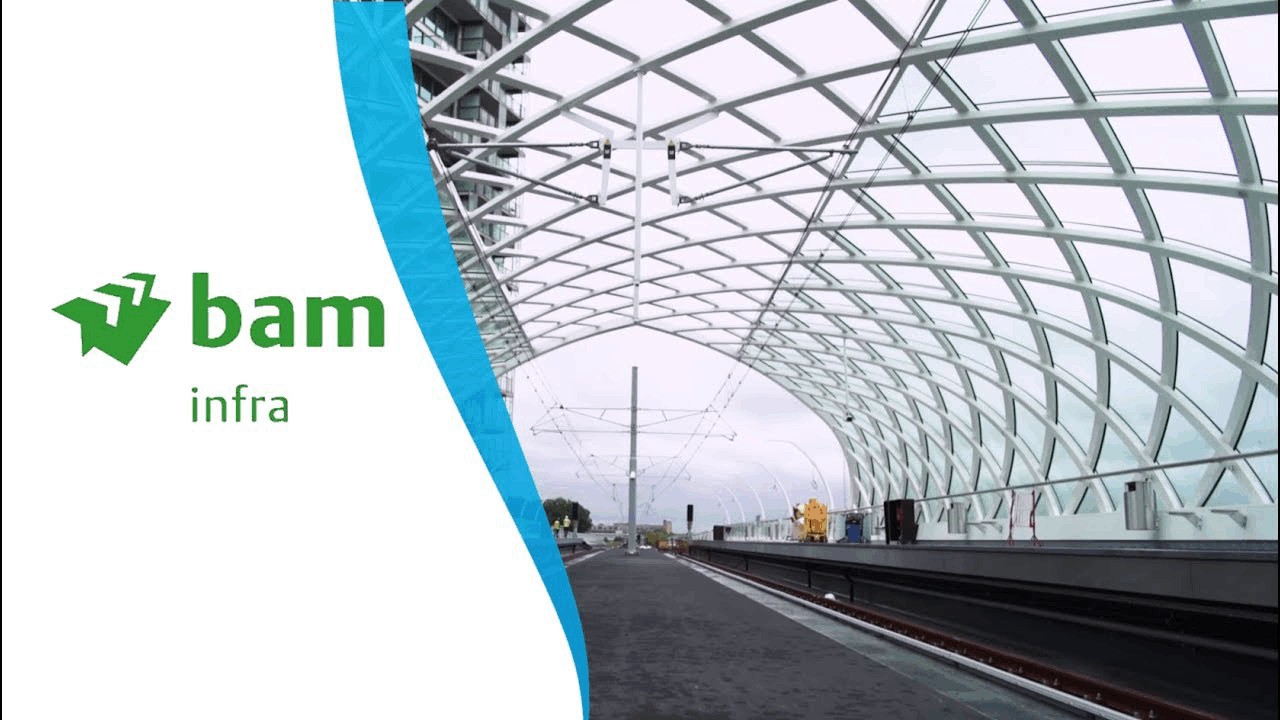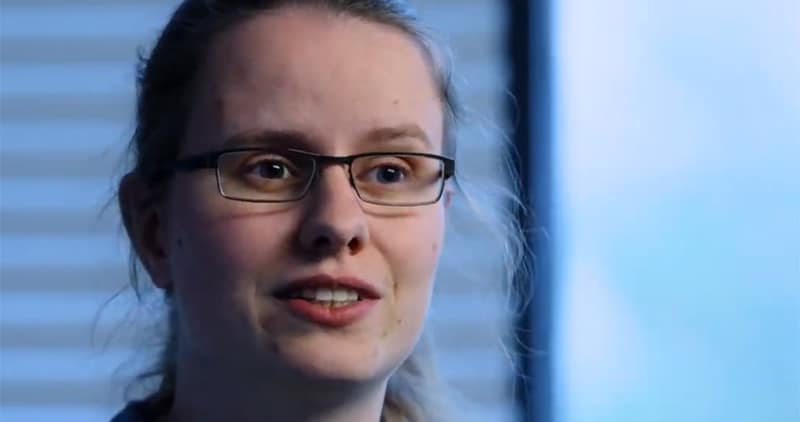
BAM Infra Wins New Business through Digital Differentiation
Multi-billion-euro Construction Company Transforms Itself into a Digital Native

Barriers to entry are continuing to lower, even in the most resource-intensive of industries. The largest, most prominent companies are at risk as new competitors — often technology- or digital-first organizations — recognize business opportunities in established markets. Companies that are unable to change their own business model succumb to these disruptors.
BAM Infra has adopted low-code development and combined agility, responsiveness, and proactiveness to reinvent itself in an industry known for its rigidity. In going from disrupted to disruptor, BAM has thwarted new competitors from entering their market and is attracting up-and-coming software development talent.
A high bid with low-code
As the largest construction company in the Netherlands, BAM is involved in a plurality of the country’s infrastructure and construction projects. But having a ubiquitous presence doesn’t mean that the company is impervious to competition. That became obvious when the central government mandated that all grid operators provide smart meters to homes and businesses.
BAM, being both a construction and infrastructure company, wanted to submit a bid but knew that the project required both installation capability as well as software orchestration and automation that were necessary to run the project. Complicating matters further, an established software vendor — a behemoth in its own industry — recognized the opportunity and submitted a bid for the work. But while the software vendor had the orchestration and automation capabilities, it did not have the capability to do the installation work — that would be contracted out to a third-party.
Because BAM already had the low-code development platform Mendix in its toolkit, they had the capability to build out the necessary software for the smart meter project. Through visual, model-driven development, Mendix significantly reduces time to market, an important aspect for Frans Verbiest, Information Manager at BAM: “When you win the tender, you only have two or three months to get everything up and running before you start the project. Within that period of time all the software must be built, released, tested, etc., and if you don’t have a low-code platform you simply won’t get it done in time.”

“We included in our offer that we had a complete software package supporting the whole installation process from end-to-end: from receiving the order, preparing it, installing the meter, and billing it. All those phases of the project are in one piece of software — our BAM Road Solution for Field Workers. By including the software in our offer, we won the tender, and we also beat out our software competitor,” Verbiest says.
As a result of winning the bid, BAM was chosen to install over one million smart meters in the Netherlands in a little over four years. “It’s a big, important contract for us. It’s very important for our business units to have this volume and the presence,” Verbiest explains.
Re-building industry standards
Mendix not only enabled BAM to fight off disruptors but allowed the company to become a disruptor itself. According to Bent Flyvberg of Saïd Business School at Oxford University, more than 90% of the world’s infrastructure projects are either late or over budget. With its deep industry knowledge coupled with the Mendix Platform, BAM is bringing solutions to market that solve operational inefficiencies that the industry has long struggled with.
For example, the team built a financial application that provides a live view into the budget of a construction project so that construction managers can determine whether they have the resources to acquire materials or rent equipment. The application, Cash-U, shows live information from BAM’s SAP S/4HANA database. This real-time visibility into costs and budget allows users to make on-the-spot business decisions based on available budget.
The BAM development team also built an application for its environmental services division, named MAX , which conducts environmental reviews. The application rationalizes and automates a data entry process that was previously done manually by environmental services engineers. Thanks to the improved efficiencies, BAM now realizes six-figure savings annually.
Mendix has further solidified BAM’s standing as a disruptor by enabling the company to achieve its digitization goals. “What has prevented us from becoming a digital company is time. It’s not the willingness of the people. It’s not the motivation of the company. It’s not in the funding. It’s really the time that it takes to make such a change,” Verbiest says.
Mendix addresses the problem of time in multiple ways, beginning with the platform’s ease of use. Developers were up to speed on the low-code platform after a short three-week training course. Eline Bijkerk, now a Mendix Business Engineer, was one of those developers. After another three weeks, Eline felt like she was delivering value: “It was a really quick process, because it’s so intuitive to use and you can really see what you’re doing and that makes it so much easier to actually add value.”
By reducing development time, Mendix has empowered BAM to achieve speed and agility, difficult in an industry known for its inefficiency. “We built Cash-U in a couple of days, and we were able to show a working project to the stakeholders,” says Bijkerk.
The time to market has increased so much for BAM, the development team has had to slow down their development timelines so that the business can keep up. “We now assign people to multiple projects simultaneously so that they’re splitting their time between projects,” explains Verbiest.
A magnet for software development talent
By beating the software developer at its own game in the bid for the smart meter project, BAM has itself become a thriving software organization, attracting software development talent.
Bijkerk, for example, was on the team that built Cash-U, and it was her first software development project in the professional world. “I studied computer science and information science, but I didn’t want to spend my entire days coding. A contact introduced me to low-code, and I found it super interesting. Because it’s so quick and agile, I can spend more time doing the things that matter in software development,” she says.

Building applications with Mendix has given Bijkerk a positive outlook on her long-term career prospects. “It has allowed me to grow more in the direction of project management and learn more about everything that goes on around a project instead of just coding. I find that incredibly interesting, and I think that will help me a lot in the years to come.”
Bijkerk has been satisfied with her work: “Working at BAM is really cool, because we have such a varied field of construction and infrastructure, but also everything else that you would find at a usual company. As a developer, I get a lot of experience building different applications and the challenges that come along with them.”
Paving future connections with low-code
Bijkerk speaks passionately about the low-code approach to development. “I believe that low-code is the future of coding. At the moment, there’s so much old-school coding going on where everyone re-uses parts of code from others, from Stack Overflow and such. Low-code platforms like Mendix make building applications so much faster and so much easier. I truly believe that in the future, low-code platforms will be ubiquitous.”
In the meantime, low-code development is allowing BAM to re-shape itself and prepare for what’s to come. With Mendix, BAM has digitized itself to continue to better fulfill its mission. “The mission for BAM is to connect for the future, and within Infra you see a lot of different connections that we create,” Verbiest says. “We connect roads, railways, telecommunications to people’s homes and offices. That mission is all around us.”